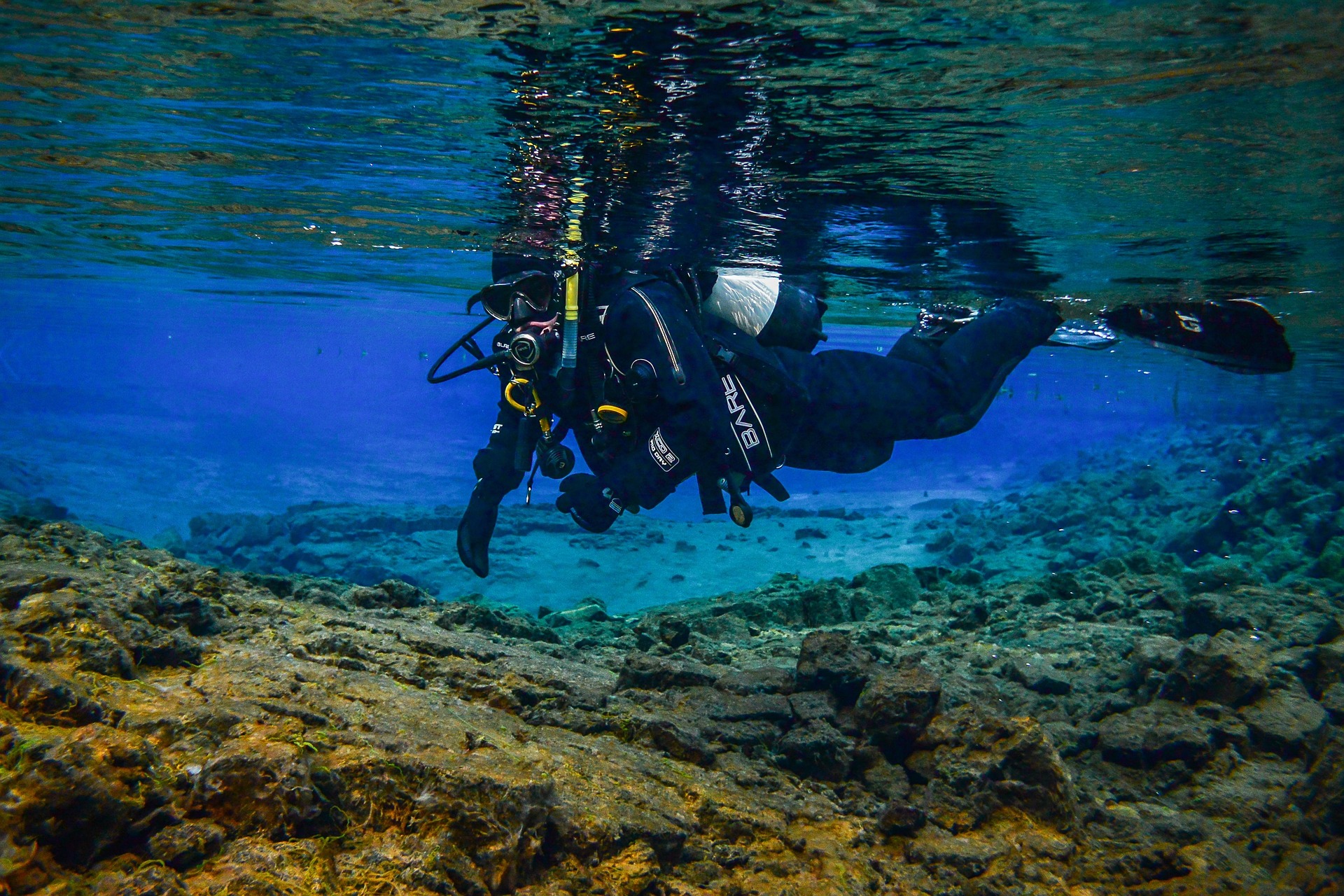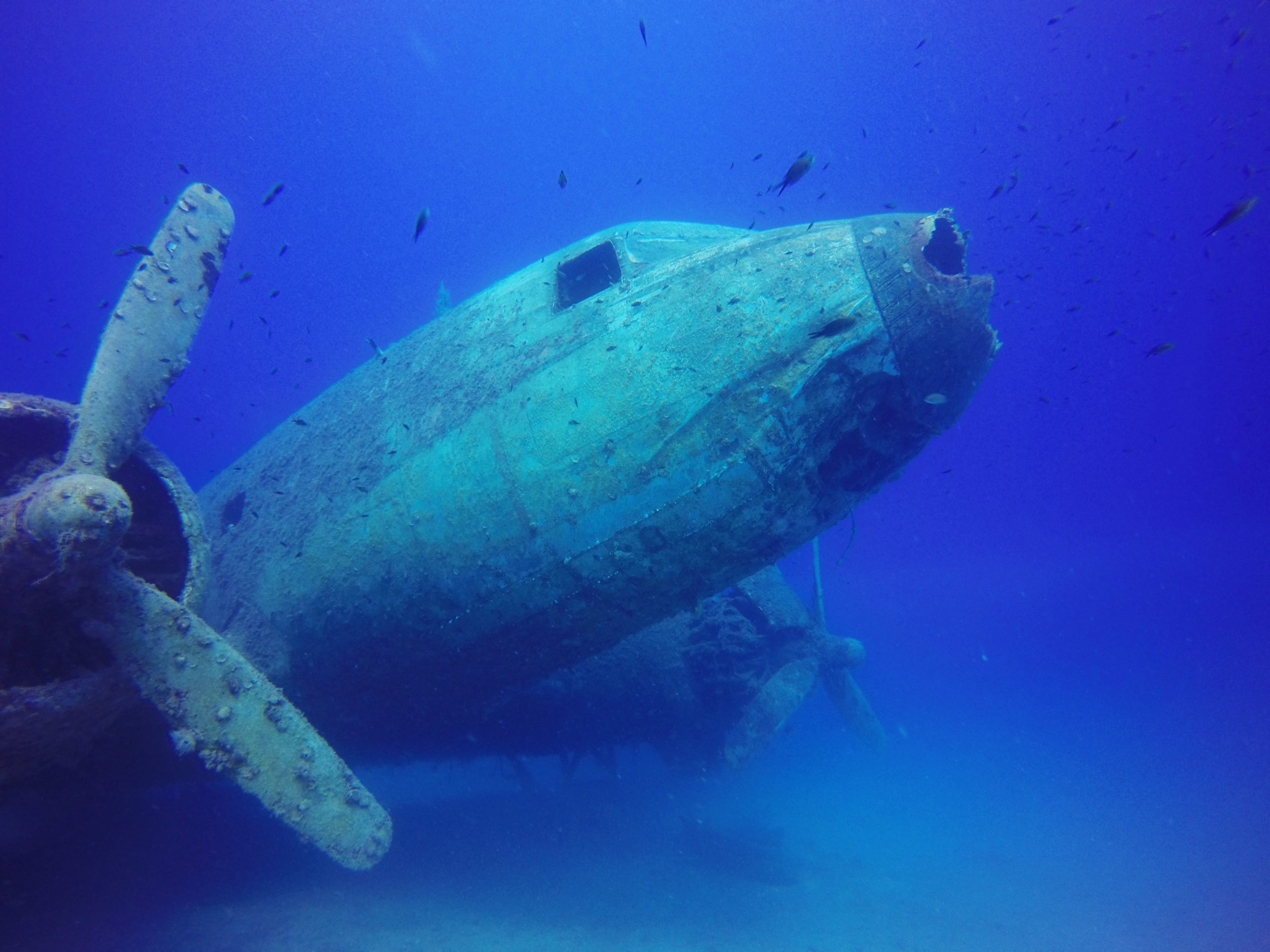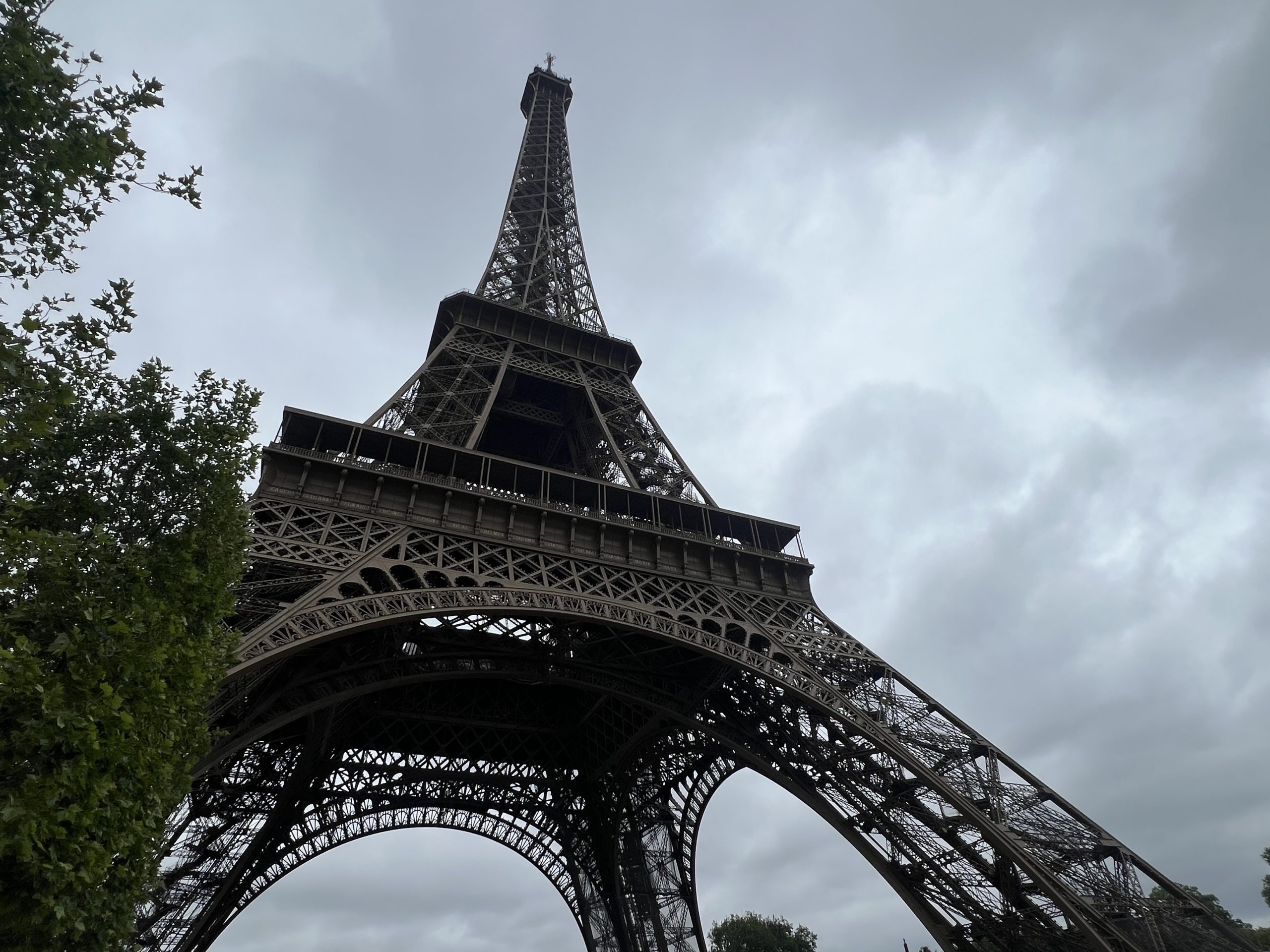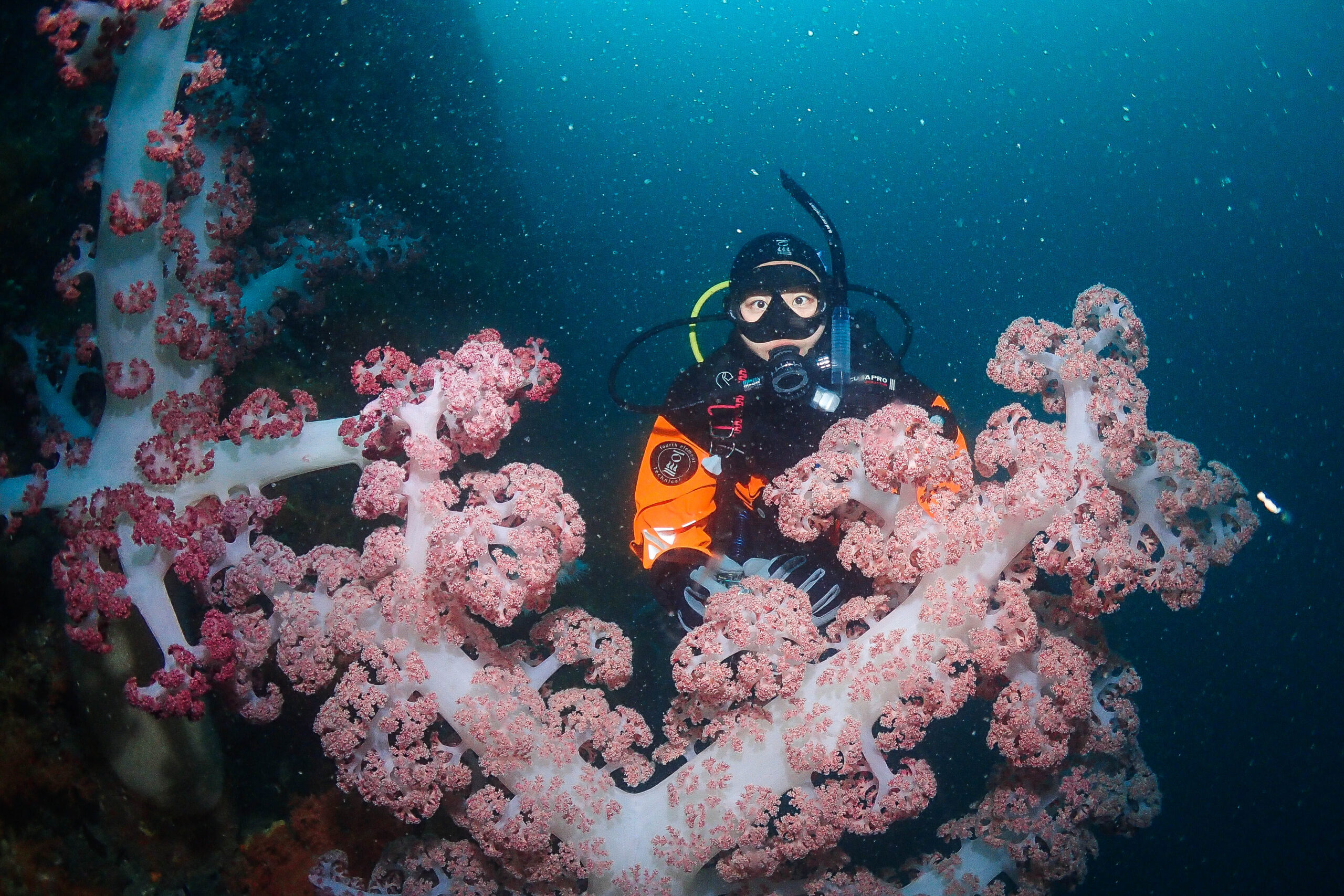Every sunken ship, every plane has a different story. If you look at wrecks not only as locations to dive but also as time capsules with human stories inside, the satisfaction you will get from diving will increase many times over.
Among the dozens of wreck dives I have done in different parts of the world, the SS Thistlegorm in the Red Sea has always had a special place for me. In this article, I will talk about the birth, sinking and rebirth story of the SS Thistlegorm.

The Red Sea, which fascinates divers with its coral reefs and rich underwater life, hides a silent witness of the Second World War in its depths. The SS Thistlegorm, once a proud warship, welcomes divers with its cargo and stories as a historical icon near Ras Mohammed, at a depth of 30 meters.

Homeland was England, was launched on April 9, 1940 to begin its mission. 127 m long, weighing 4,900 tons, the ship is an equipped ship that can easily reach a cruising speed of 10 knots. Although I used the term ‘Battleship’ for SS Thistlegorm at the beginning of the article, the ship is actually classified as an ‘Armed Freighter’. After her missions in America, Argentina and the Netherlands Antilles, she started to prepare for her last voyage in 1941. Her mission; To carry cargo including ammunition, weapons and daily necessities to British troops in North Africa during the hottest periods of the Second World War.

When you dive into Thistlegorm, you feel like you’re in a time capsule. There are motorcycles, trucks, ammunition crates, clothes, shoes and even a locomotive.
Also on board there was a crew of 40 officers and sailors who were tasked with delivering this vital cargo to British troops.

Under the command of Captain William Ellis, the ship set sail from Scotland for Egypt, making a brief stop in South Africa and then Yemen for refueling. The cruiser HMS Carlisle accompanied Thistlegorm on this journey. As the SS Thistlegorm continues her journey in silence, she is ordered to anchor in a safe place until the passage is reopened after another ship hitting a German mine in the Suez Canal closes the passage. They anchor where they think it is safe and start to wait. That night, the crew, many of whom were not even soldiers, were probably resting in the silence of the Red Sea, perhaps spending this waiting time writing letters to their families.

On October 6, 1941, German fighter planes (Heinken He-111) taking off from Crete were tasked with finding and destroying the RMS Queen Mary, which had been converted from a cruise liner and was carrying 1,200 Australian troops to the front line. The German planes, running low on fuel after the failed search mission, encountered the SS Thistlegorm, which was sleeping defenselessly in the Red Sea on its way back. Without hesitation, they dropped two bombs directly into the engine room and the cargo hold where the ammunition was stored. The SS Thistlegorm was rocked by a huge explosion.The fragments from the SS Thistlegorm reached the HMS Carlisle, which was anchored a little further away. The ship sank into silence at a depth of 30 meters with the 9 sailors who lost their lives in the explosion. The surviving crew was rescued by HMS Carliste.

The SS Thistlegorm, which had been quietly sleeping undisturbed for many years, was discovered in 1955 by Captain Cousteau and his research team, probably based on information provided by local fishermen.
Cousteau’s two close friends Albert and Frederic make several dives to the wreck and record the historical discovery. You can see the details if you watch the Captain’s documentary ‘The Silent World’ and read the article he wrote in National Geographic magazine in 1956.When you look at the documentary, you can see that the mast of the SS Thistlegorm is still intact and close to the surface. But Captain Cousteau may have wanted the SS Thistlegorm to remain silent for a while longer, so he cut the mast of the ship and recorded the coordinates of the wreck incorrectly in his book.

Rediscovered in 1974 by a sailor, the SS Thistlegorm was opened to tourism in 1992 by a local captain from Hurghada. Since then, the shipwreck’s popularity has grown exponentially and today it remains the Queen of Shipwrecks.

Some mysteries about the wreck are still unclear, such as why Captain Cousteau concealed the location of the wreck ?
While most of the cargo was still on board, all of the medical supplies disappeared, for instance? Allegedly, a few years after the ship had been sunk, some of the medical supplies were being sold on the streets of Egypt?
The fact that the middle compartment of an ocean-going ship loaded with heavy cargo is empty raises some questions.
Only 2 of the pickup trucks on board as cargo have the steering wheel on the ship, unfortunately the others were victims of barbarism. Not only that, many parts were removed from the ship with or without permission. There are even parts for sale on Ebay.

SS Thistlegorm is today an archaeologically preserved wreck visited by thousands of divers every year. This wreck, which I would definitely like to dive again one day, will surely excite me as much as the first time I dived there.
I will review SS Thistlegorm as a diving destination in the next article.
Goodbye for now.











